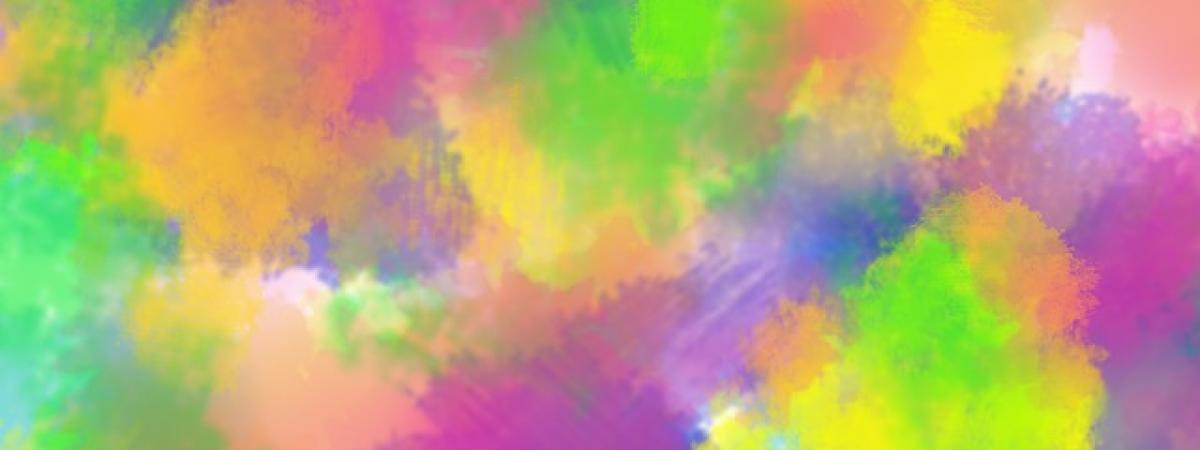Bile, brilliant bile

Jaundice is a yellowing of the skin that happens when bile ducts are blocked and bile builds up. There’s a lot more to bile than skin colour though – why else would your liver manufacture almost a litre of it daily?
Trash and treasure
When your body needs to rid itself of its waste products, it takes out its trash in the urine, faeces, breath, sweat, tears…and bile (as it flows from the liver into the intestine). Bile eliminates excess cholesterol from the body (so there’s less chance of it clogging arteries); hormones and drugs also exit the body in bile.
Most importantly, bile helps rid your body of toxic waste from breakdown of red blood cells. Your red blood cells live for only 120 days before they are swallowed up in your spleen, liver and bone marrow (fear not, they are rapidly replaced – at a rate of 3 million new cells per second). Some parts are recycled – but bilirubin is one remnant that needs removing (at high levels it can cause brain damage). Bile is the means by which bilirubin is banished.
At lower levels, though, it seems that bilirubin may be beneficial (‘treasure in the trash’), perhaps protecting against heart attacks – and even lung cancer? I’m still not tempted to try bile soup though (it’s a Filipino delicacy).
A soap-like substance
When you’ve got oil on your clothes, water alone won’t clean them; soap or detergent is needed to break up the grease and grime and remove it. Bile contains detergent-like chemicals that break up grease and fat – essential in fat digestion in your intestine, since the dispersed fat is easier for digestive enzymes to get to work on, breaking it up ready for absorption. (Bile also helps neutralise stomach acid as it enters the intestine).
And now for the really cool part.
Rather than flooding your intestine with these precious fat-dispersing chemicals, wasting them, your liver secretes its bile into the gallbladder where it is patiently stored until you eat a meal. Upon feeding, the gallbladder releases an amount of bile (containing the detergent chemicals) appropriate to the fat content of your meal. Most of the detergent is then reabsorbed and reused: waste not, want not.
Inspired by your body, bile soaps are sold to clean stains caused by wine, grease, jam and oil.
Bile can speak as a silent witness (or ‘smoking gun’ if you’ve been wilfully poisoned) revealing that you’ve ingested alcohol, opioids, cocaine or cannabis
A kaleidoscope of colours
Jaundice (from the French ‘jaune’ meaning yellow) is the best known colour attributed to bile. It’s actually the bilirubin in bile (the orange-yellow compound formed when red blood cells are destroyed) that gives the skin (and eyes) their yellow tone when levels are raised. Certain types of anaemia, liver damage, gallstones and tumours can be the cause.
But did you know that urine is yellow, faeces brown and vomit and bruises (occasionally) green because of bilirubin (or its green precursor biliverdin)? Abnormally pale stools can be a sign that your bile ducts may be blocked; green vomit can suggest a blockage in the bowel, preventing bile from being excreted.
Silent witness
When performing a post-mortem, bile is often sampled alongside blood to test for drug intake in the cause of death. Bile can speak as a silent witness (or ‘smoking gun’ if you’ve been wilfully poisoned) revealing that you’ve ingested alcohol, opioids, cocaine or cannabis. The presence of HIV, insulin and pregnancy hormones in bile can further help forensic scientists decode the dead body.
After some deaths, blood is limited or unusable for forensic sampling: bile is then the best at betraying secrets about your body since it holds high levels of drugs for a long time.
Is it about time that you acknowledged just how brilliant your bile is?
